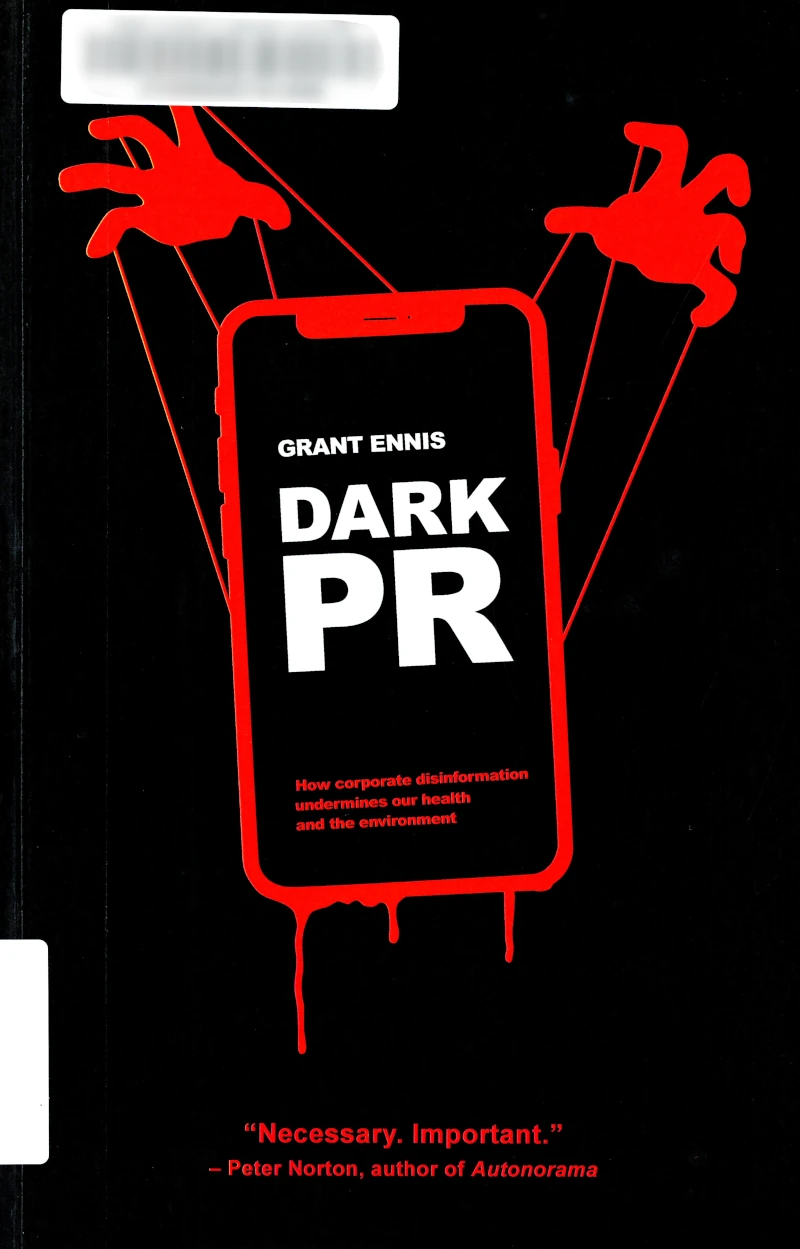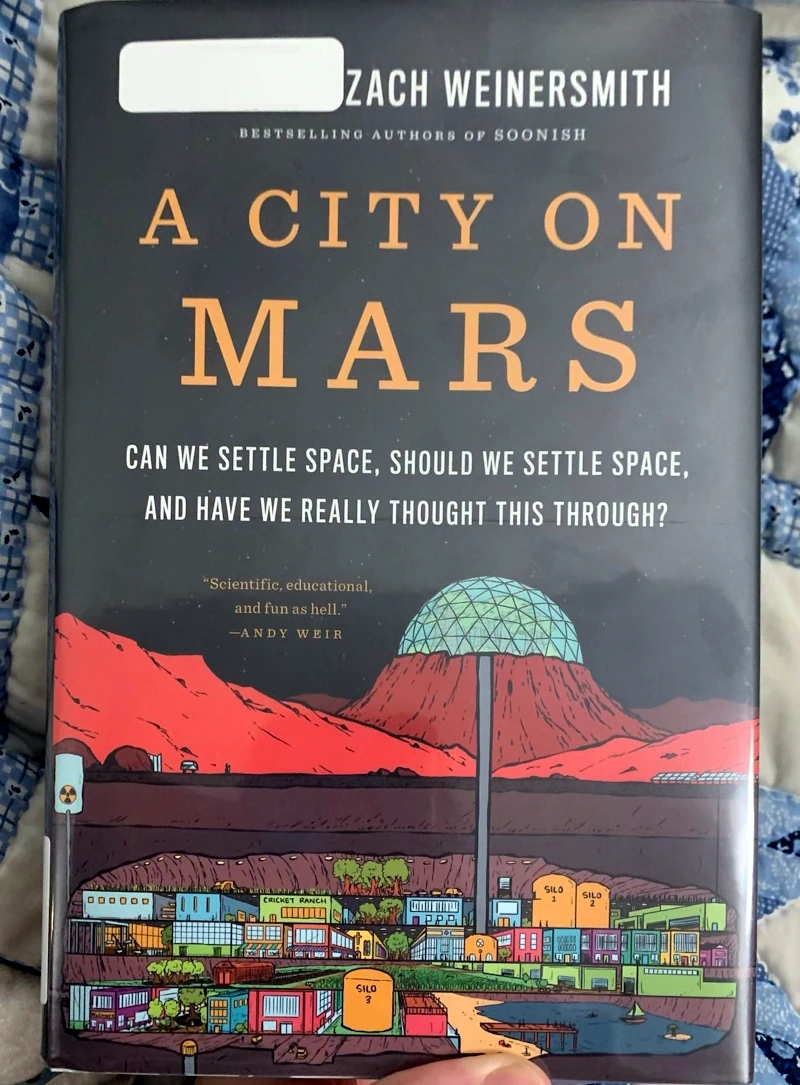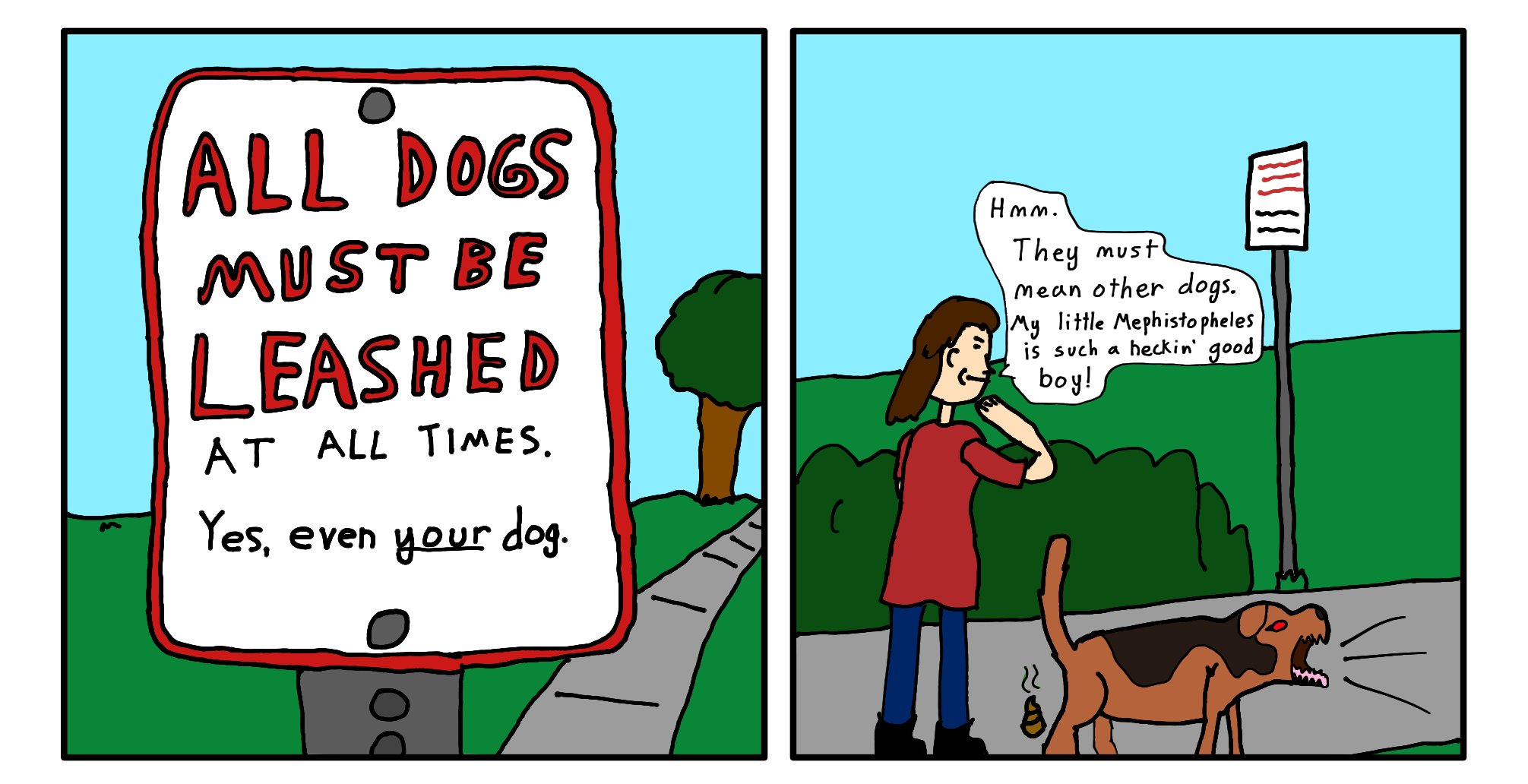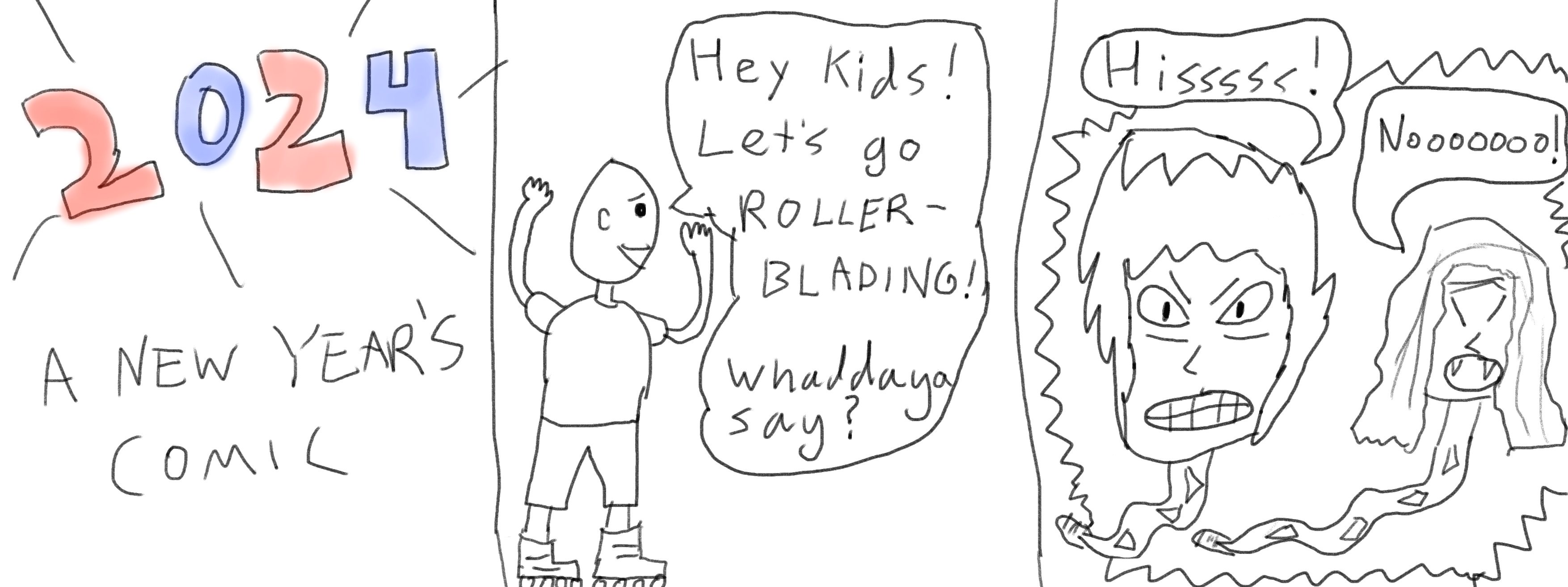2024-10-20: See update.
Updated 2023-10-10: the issue I was having with the dynamo rotating and getting disconnected seems to have been resolved since I tightened the skewer.
Updated 2023-10-18: I had some trouble with my pedals squeaking. I disassembled them, cleaned and degreased, then applied new grease and they've been nice and quiet since then. Also the kickstand started coming loose.
Introduction
Earlier this year, I once again had the opportunity to commute to work by bike. My route is just over 6 miles (~10km) and a bit over half of that is on a gravel “rail to trail” trail.
I love commuting by bike. I really appreciate that I have a good pedestrian/bike trail to use, as it keeps me away from cars driven by inattentive speeding psychopaths on most of the commute. However, there is a downside to riding 12 miles on a dirt/gravel trail every day: dust on your drivetrain.
I had been primarily using my ol' reliable 2013 Kona Dew Plus, but it was getting absolutely slimed by the dust and dirt of the trail and I was getting tired of constantly cleaning and lubing my chain. So, I became interested in belt-driven bikes.
Belt Drive
Most bikes use chains. Chains are simple, affordable, lightweight, and efficient (at least when they're clean and lubricated). Chain-based drivetrains with chainrings, cassettes, and derailleurs are the most common type that everybody is familiar with.
However, belt-driven bikes are becoming increasingly common with the rise of carbon-fiber reinforced belts from companies like Gates. The big advantage of a belt is that it doesn't need to be lubricated or cleaned (with caveats). The downside is that derailleurs can't be used with belts. So instead, some kind of geared hub or gearbox must be used if you want a belt-driven bike with more than one “speed.” These systems generally cost a bit more, weigh a bit more, and are more complicated to repair than their traditional derailleur-based shifting systems.
I weighed these factors and decided that I was really tired of cleaning, lubing, and adjusting derailleur limit screws, etc. and decided to try a belt-drive bike.
Enter: The 600
Priority Bicycles sells bikes basically by mail. You order the bike online and then it's shipped to you “mostly” assembled. You finish the assembly or pay a bike shop to do it. One of Priority's differentiators is that all of their bikes use belts instead of chains.
Priority have a bunch of models but the one that caught my eye is the 600.
Pinion Gearbox
The thing that made the 600 stand out to me is the 600% ratio across its 12 gears, and the fact that those gears are contained within a sealed, internal gearbox: the Pinion C1.12. Pinion gearboxes are basically like having a miniaturized manual transmission from a car bolted on to the bottom of your bike. The 600% ratio is massive (outclassing most derailleur setups) and provides ludicrous torque in the low gears and good crusing speed in the high gears. Pinion gearboxes are sealed and require no regular maintenance aside from an oil change every year or 10,000km (whichever comes first).
The lack of regular maintenance needs, very wide gear range, and overall cool factor made this bike irresistible to my lazy self and my hilly, dusty commute.
Other Features
The 600 comes with front and rear fenders, which is very helpful as it rains a lot here. A dynamo built into the front hub provides 6v to the integrated front and rear lights. There's a kickstand. The wheels are 650b.
Initial Impressions
On my first ride, I was struck by how quiet the belt was compared to even a clean and lubed chain, and how smooth it felt.
The Pinion gearbox shifts like a dream, but takes a bit of getting used to. Unlike a derailleur-based shifting system, the Pinion shifts best when not under load. I.e., it shifts better when you're not pedaling. Pinion cleverly designed the gearbox so that you can shift up under load, and can also shift down under load between most gears (consult the manual for details!) but it shifts most smoothly/easiest if you pause your pedaling very briefly. Shifts are very fast. The bike/gearbox comes with a grip shifter which isn't my preferred kind (I prefer trigger shifters) but it works fine.
It's great at climbing even quite steep hills. The low gears on the C1.12 are very low – generally I don't have to go below 6 to climb fairly steep hills. I think on steep hills that are also very long I've gone as low as 3 or 4. I can't imagine what I'd use gear 1 for. Maybe climbing a vertical wall?
Gear 12 is adequate for a commuter bike, but if you're a pro cyclist going down a grade you'll spin out sooner than you'd like and get mad. I wish, maybe, for a 13th gear on rare occasions.
The bike is a bit expensive. You could get a very nice chain-based commuter bike for much less money. I think a lot of the added cost is due to the Pinion gearbox.
500 Miles / 800 km Later
Overall, I still really like the bike. I do have a few gripes.
Noisy Belt Syndrome
The great promise of belt-drive bikes is to free us from lubing and cleaning our drivetrains. But I found that certain types of fine, dry dust can cause a hideously annoying squeaking when it gets all over the belt, as it inevitably will when you're biking on a dusty trail every day. This doesn't seem to affect the functionality of the drivetrain at all, but it drove me bonkers. Reading online, I found that Gates recommends applying a spray-on silicon lubricant to clean belts to prevent dust-related squeaking. I bought the spray, cleaned my belt (☹️), and applied the spray to the belt. For the next week or two, my squeaking problems were solved! But it gradually came back as the silicon wore off. It also seems to wash off a bit if there is rain.
I've fallen into a routine of cleaning the belt and reapplying the silicon every couple of weeks, or whenever the squeaking comes back. I'm not super chuffed about this but it's still a lot easier and less messy than cleaning and lubing a chain. Overall, it's an improvement, but not quite the promised utopian vision of no cleaning and lubing. Maybe if all of your riding is on city streets this won't be an issue for you.
Rattly Fenders
The fenders that Priority include with the 600 rattle and rub on the tires if you look at them the wrong way. If you adjust the fender stays juuuust right, then they will only rattle when you go over decently-sized bumps. But sometimes they come out of adjustment and become incredibly annoying. And adjusting them to the juuuuust right state is not particularly easy. I understand that Priority sells the 600 with two different sizes of tire, 47mm or 50mm, depending on which is cheapest at the moment, I guess? Mine are 50mm wide and from reading online many other 600 owners agree that 50mm is probably just too wide for these fenders. Others report replacing the included fenders with more sturdy ones from Velo Orange. When my 50mm tires wear out I'll try narrower tires and see how it goes. If I still have annoying rattles, I'll likely look at replacement fenders.
Dynamo Hub Likes to Rotate Sometimes
Update: tightening the skewer solved this.
There are two wires that run down the inside of the front fork and connect to the dynamo built in to the center of the front wheel. These wires power the front and rear lights. This part of the hub is not intended to rotate, because wires have to plug into it, and how would that work, right? For the most part it doesn't rotate, but a couple of times after long rides I've found that this part of the dynamo hub has rotated quite a bit. On two occasions, it rotated enough that the wires came unplugged, meaning that my lights stopped working until I fixed it.
I've tightened up the front wheel skewer a bit more, and that seems to have helped a bit, but this has turned the integrated lights from an easy thing that I don't have to think about into a constant worry. We'll see – maybe in a few months I'll find that tightening the skewer has solved it.
Weight
The bike is heavy, a bit over 30 lbs (13.6kg). I do feel the weight as compared with my old Kona. I think a lot of the weight is due to the Pinion, which weighs more than derailleurs.
Squeaky Pedals
The pedals started squeaking at around 600 miles. They were driving me crazy, so I had to disassemble them, clean and degrease, and then apply new grease and reassemble. Since then they've been nice and quiet. When I took them apart, they looked pretty nasty inside. The grease was brown-ish and dirty-looking.
Loose kickstand
The kickstand is secured to the frame with two hex screws. It started coming loose and rattling. I tightened up the screws and that solved it for now, but if it happens again I'll probably have to apply some kind of threadlocker.
Conclusion
It's a great bike. I ride it preferentially vs. my Kona. The belt drive and pinion gearbox make for a fantastically smooth drivetrain. That drivetrain requires a greater-than-advertised-but-still-minimal level of maintenance. It hasn't let me down yet on months of commutes or rides around town. I expect that I'll get many more miles and years out of it.




